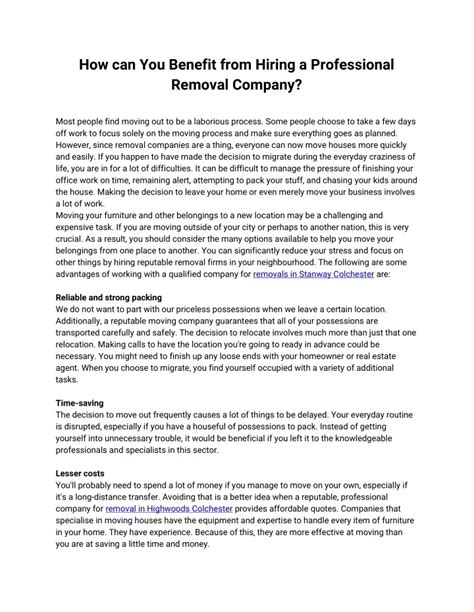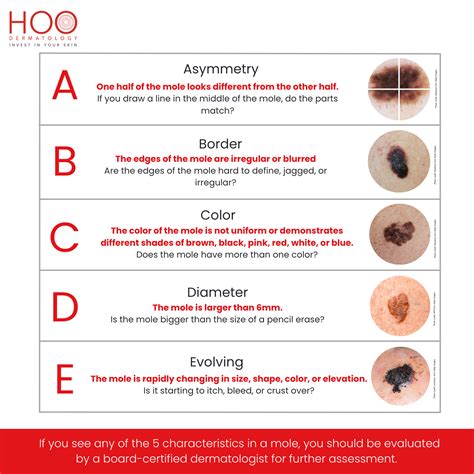Intro
Learn how to remove a mole safely with expert techniques, minimizing scarring and promoting skin health, using natural mole removal methods and professional treatments.
Removing a mole safely is a topic of great importance for individuals who want to avoid the risks associated with mole removal, such as scarring, infection, and potential health complications. Moles are common skin growths that can appear anywhere on the body, and while most are harmless, some can be cancerous. The decision to remove a mole should be made after consulting with a healthcare professional or dermatologist, who can assess the mole and provide guidance on the best course of action. For those considering mole removal, understanding the process, benefits, and potential risks is crucial for making an informed decision.
The process of removing a mole safely involves several steps, starting with a thorough examination by a healthcare professional. This examination is vital for determining the nature of the mole and whether it poses any health risks. If the mole is found to be benign, the decision to remove it is often based on cosmetic reasons or personal preference. However, if the mole is suspected to be cancerous, removal becomes a medical necessity. The methods for mole removal include surgical excision, where the mole is cut out and the skin is stitched back together, and shave removal, where the mole is shaved off with a special tool. Each method has its own set of considerations and potential outcomes.
The importance of removing a mole safely cannot be overstated. Improper removal techniques can lead to infection, scarring, and in the case of cancerous moles, the spread of cancer cells. Furthermore, attempting to remove a mole at home with unsterilized equipment or without proper medical training can exacerbate these risks. Therefore, it is always recommended to consult with a healthcare professional or dermatologist for mole removal. They have the training, expertise, and equipment to perform the procedure safely and effectively, minimizing the risk of complications and ensuring the best possible outcome.
Understanding Moles

Moles are growths on the skin that are usually brown or black and can appear anywhere on the body. They are caused by clusters of pigmented cells called melanocytes. Most moles are benign, meaning they are not cancerous, and appear in the first few decades of life. However, it's essential to monitor moles for any changes, as these changes can sometimes indicate the development of skin cancer. The ABCDE rule is a helpful guide for assessing moles: Asymmetry, Border, Color, Diameter, and Evolving. If a mole exhibits any of these characteristics, it should be evaluated by a healthcare professional.
Types of Moles
There are several types of moles, including congenital moles, which are present at birth, and acquired moles, which develop over time. Atypical moles, also known as dysplastic nevi, are unusual in appearance and can be a sign of an increased risk of melanoma, a type of skin cancer. Understanding the type of mole and its potential risks is crucial for determining the best approach to removal.The Removal Process

The process of removing a mole safely begins with a consultation with a healthcare professional or dermatologist. During this consultation, the mole is examined, and a decision is made regarding the necessity of removal. If removal is deemed necessary, the method of removal is discussed. Surgical excision and shave removal are two common methods. Surgical excision involves numbing the area around the mole with a local anesthetic and then cutting out the mole and a small margin of skin around it. The wound is then closed with stitches. Shave removal involves using a special tool to shave the mole off the surface of the skin. This method is typically used for moles that are raised above the skin's surface.
Preparation and Aftercare
Preparation for mole removal involves avoiding certain medications that can increase the risk of bleeding, such as aspirin and ibuprofen, for a period before the procedure. After the procedure, it's essential to keep the wound clean and apply any topical creams as directed by the healthcare provider to promote healing and minimize the risk of infection. Avoiding strenuous activities and protecting the area from the sun can also aid in the healing process.Benefits of Professional Removal

The benefits of having a mole removed professionally are numerous. Firstly, professional removal minimizes the risk of scarring and infection, as the procedure is performed under sterile conditions with appropriate aftercare instructions provided. Secondly, if the mole is cancerous, professional removal ensures that it is completely removed, reducing the risk of the cancer spreading. Finally, for those removing moles for cosmetic reasons, professional removal can provide a more aesthetically pleasing outcome, as the procedure is performed by someone with the training and expertise to minimize scarring.
Risks and Complications
While professional mole removal is generally safe, there are potential risks and complications to be aware of. These include infection, scarring, and in rare cases, nerve damage. However, these risks can be significantly minimized by choosing a qualified healthcare professional or dermatologist to perform the procedure.Alternatives to Surgical Removal

For those looking for alternatives to surgical mole removal, there are several options available, although their effectiveness and safety can vary. Laser removal is one option, which uses a laser to break down the pigment in the mole, causing it to fade away. However, this method may require multiple sessions and is not suitable for all types of moles. Another alternative is natural remedies, such as applying certain oils or creams to the mole, but the efficacy of these methods is often anecdotal and not supported by scientific evidence.
Considerations for Alternative Methods
When considering alternative methods for mole removal, it's crucial to weigh the potential benefits against the risks. Some alternative methods may not completely remove the mole, and there could be a risk of the mole regrowing. Additionally, if the mole is cancerous, delaying medical treatment to try alternative methods can have serious health consequences.Monitoring Moles for Changes

Monitoring moles for changes is an essential part of skin health. The ABCDE rule provides a useful framework for assessing moles: Asymmetry (if the mole is not symmetrical), Border (if the edges are irregular), Color (if the color is not uniform), Diameter (if the mole is larger than 6mm), and Evolving (if the mole is changing in size, shape, or color). If any of these characteristics are present, it's important to consult with a healthcare professional.
Preventive Measures
Preventive measures can help reduce the risk of developing new moles and skin cancer. These include protecting the skin from the sun by using sunscreen with a high SPF, wearing protective clothing, and avoiding tanning beds. Early detection of changes in moles can lead to early intervention, which is critical for the best outcomes in skin health.Conclusion and Next Steps

In conclusion, removing a mole safely requires careful consideration and consultation with a healthcare professional or dermatologist. Understanding the process, benefits, and potential risks of mole removal is essential for making an informed decision. Whether removing a mole for medical or cosmetic reasons, prioritizing safety and professionalism can lead to the best possible outcomes.
For those who have undergone mole removal or are considering it, sharing experiences and seeking advice from healthcare professionals can provide valuable insights. Taking proactive steps in monitoring skin health and adopting preventive measures can also contribute to overall well-being. By engaging in open discussions about mole removal and skin health, individuals can make empowered decisions about their health and appearance.
What are the risks associated with mole removal?
+The risks associated with mole removal include infection, scarring, and in rare cases, nerve damage. However, these risks can be significantly minimized by choosing a qualified healthcare professional or dermatologist to perform the procedure.
How do I know if a mole is cancerous?
+To determine if a mole is cancerous, use the ABCDE rule: Asymmetry, Border, Color, Diameter, and Evolving. If a mole exhibits any of these characteristics, it should be evaluated by a healthcare professional.
What are the benefits of professional mole removal?
+The benefits of professional mole removal include minimizing the risk of scarring and infection, ensuring complete removal of potentially cancerous moles, and achieving a more aesthetically pleasing outcome for cosmetic removals.
